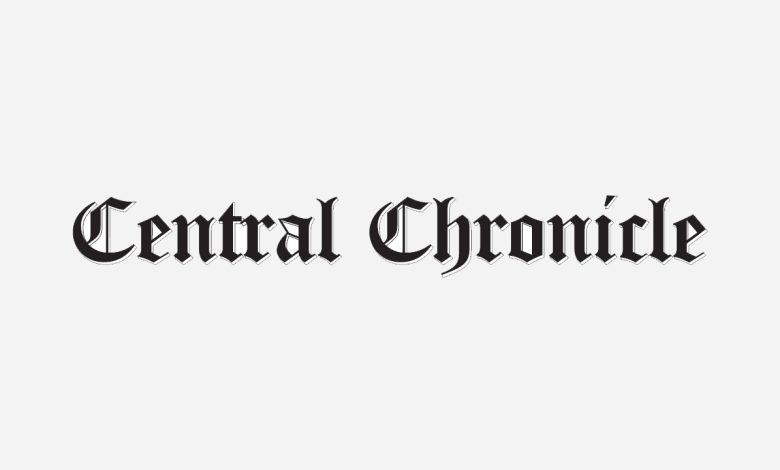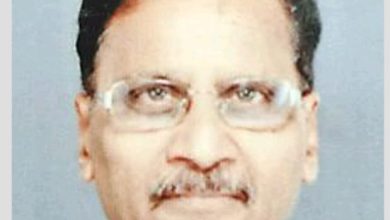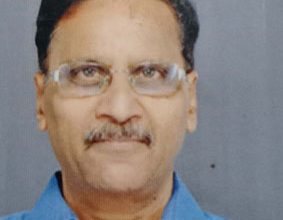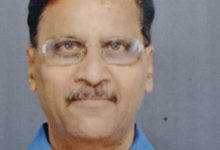We need Indigenous Communities for a better World

There are an estimated 476 million indigenous peoples in the world living across 90 countries. They make up less than 5 per cent of the world’s population, but account for 15 per cent of the poorest. They speak an overwhelming majority of the world’s estimated 7,000 languages and represent 5,000 different cultures.
Indigenous Peoples are inheritors and practitioners of unique cultures and ways of relating to people and the environment. They have retained social, cultural, economic and political characteristics that are distinct from those of the dominant societies in which they live.
Despite their cultural differences, indigenous peoples from around the world share common problems related to the protection of their rights as distinct peoples. Indigenous Peoples have sought recognition of their identities, their way of life and their right to traditional lands, territories and natural resources for years. Yet, throughout history, their rights have been violated.
Indigenous Peoples today, are arguably among the most disadvantaged and vulnerable groups of people in the world. The international community now recognizes that special measures are required to protect their rights and maintain their distinct cultures and way of life. In order to raise awareness of the needs of these population groups, every 9 August commemorates the International Day of the World’s Indigenous Peoples, chosen in recognition of the first meeting of the UN Working Group on Indigenous Populations held in Geneva in 1982.
Forest and wildlife conservation laws and policies detracting from Indigenous Peoples’ rights. The rights of Indigenous Peoples to land and forest resources have been increasingly targeted through forest and wildlife conservation laws and policies. Another issue is Displacement of Indigenous Peoples. Indigenous Peoples’ lands continued to be illegally acquired for business and infrastructure development without FPIC. Further, their rights are being undermined by the government’s diversion of the use of forest lands for industries by diluting conservation laws.
Indigenous Peoples thus often face forced eviction, arrest, torture, and killings, and are denied access to the forest and its resources for food in the name of forest and wildlife conservation. Criminalization of livelihood practices is also a big problem before these people. The livelihood of Indigenous Peoples and forest dwellers has been criminalized as they face arrest and detention under various conservation laws, including the 1972 Wildlife (Protection) Act (WPA).
Security forces continued to be involved in human rights violations in 2022, including the custodial death and torture of Indigenous people. The individual and collective rights of Indigenous women and girls are regularly denied or violated in private and public spaces. Sexual violence, trafficking, killing or being branded a witch, militarization or State violence, and the impact of development- induced displacement remain major issues faced by women and girls.
In its latest report “Crime in India 2021”, published on 29 August 2022, the National Crime Records Bureau (NCRB) recorded a total of 1,324 cases of rape against Indigenous women and girls in 2021.[47] Sexual assaults were perpetrated by both civilians and security forces. The trend continued in 2022 with several reported cases. The Government of India does not have any data on the number of Indigenous Peoples internally displaced by industrial and infrastructure projects or armed conflicts.
Indigenous Peoples are distinct social and cultural groups that share collective ancestral ties to the lands and natural resources where they live, occupy or from which they have been displaced. The land and natural resources on which they depend are inextricably linked to their identities, cultures, livelihoods, as well as their physical and spiritual well-being.
They often subscribe to their customary leaders and organizations for representation that are distinct or separate from those of the mainstream society or culture. Many Indigenous Peoples still maintain a language distinct from the official language or languages of the country or region in which they reside; however, many have also lost their languages or on the precipice of extinction due to eviction from their lands and/or relocation to other territories, and in.
They speak more than 4,000 of the world´s 7,000 languages though some estimates indicate that more than half of the world’s languages are at risk of becoming extinct by 2100. Indigenous Peoples’ life expectancy is up to 20 years lower than the life expectancy of non-Indigenous Peoples worldwide. Indigenous Peoples often lack formal recognition over their lands, territories and natural resources, are often last to receive public investments in basic services and infrastructure and face multiple barriers to participate fully in the formal economy, enjoy access to justice, and participate in political processes and decision making.
This legacy of inequality and exclusion has made Indigenous Peoples more vulnerable to the impacts of climate change and natural hazards, including to disease outbreaks such as COVID-19. While Indigenous Peoples own, occupy, or use a quarter of the world’s surface area. Indigenous Peoples conserve 80 percent of the world´s remaining biodiversity and recent studies reveal that forestlands under collective IP and local community stewardship hold at least one quarter of all tropical and subtropical forest aboveground carbon They hold vital ancestral knowledge and expertise on how to adapt, mitigate, and reduce climate and disaster risks.
Much of the land occupied by Indigenous Peoples is under customary ownership, yet many governments recognize only a fraction of this land as formally or legally belonging to Indigenous Peoples. Even when Indigenous territories and lands are recognized, protection of boundaries or use and exploitation of natural resources are often inadequate. Insecure land tenure is a driver of conflict, environmental degradation, and weak economic and social development.
This threatens cultural survival and vital knowledge systems – loss in these areas increasing risks of fragility, biodiversity loss, and degraded One Health (or ecological and animal health) systems which threaten the ecosystem services upon which we all depend. Improving security of land tenure, strengthening governance, promoting public investments in quality and culturally appropriate service provision, and supporting Indigenous systems for resilience and livelihoods are critical to reducing the multidimensional aspects of poverty while contributing to sustainable development and the Sustainable Development Goals (SDGs).
The World Bank works with Indigenous Peoples and governments to ensure that broader development programs reflect the voices and aspirations of Indigenous Peoples. Over the last 30 years, Indigenous Peoples’ rights have been increasingly recognized through the adoption of international instruments such as the United Nations Declaration on the Rights of Indigenous Peoples (UNDRIP) in 2007, the American Declaration on the Rights of Indigenous Peoples in 2016, the Regional Agreement on Access to Information, Public Participation and Justice in Environmental matters in Latin America and the Caribbean (Escazú Agreement) in 2021 and the Indigenous and Tribal Peoples Convention from 1991.
At the same time, global institutional mechanisms have been created to promote Indigenous peoples’ rights such as the United Nations Permanent Forum on Indigenous Issues (UNPFII), the Expert Mechanism on the Rights of Indigenous Peoples (EMRIP), and the UN Special Rapporteur on the Rights of Indigenous Peoples (UNSR). (Author is an Eminent Social Scientist, Columnist, and Professor of DoHE, GoMP, based at Indore, Madhya Pradesh. Email: [email protected]) (Views are personal).






